The content of the article
Every housewife is faced with cosmetic problems in her toilet: yellowness, urinary stone, limescale. Completely get rid of this will not work, but with regular cleaning plumbing may maintain its whiteness. The main thing is to know what tools to use.
Causes of lime scale
No matter how often you flush the toilet, limescale on it can not be avoided. And the cause is not relatives who forget to wash away after themselves - complain about organic chemistry. In addition, the rougher the surface of the toilet bowl, the faster the raid accumulates on it (there is something to hold on to).
Of course, urea also leaves its marks on the technique, but less than the flowing water itself.It is in the water that lime particles are found, which as a result of interaction with urine "precipitate" on the inner surface of the toilet bowl.
The more often you flush, the more water passes through the toilet, the more formations on it. In this situation, the cistern can also leak, which is leaking. And if on the toilet there is already a small (but not yet visible to the eye) plaque, then the constantly flowing trickle of water will surely leave its calcareous imprints on it.
Why does this happen if the water in the tank gets from the faucet, and, therefore, passed the appropriate filtering? The fact is that lime components are so microscopic that they easily penetrate through any filter. And water from the rivers, which are filling with streams, which along the course of these limestone particles are washed out of the karst rocks, enters the water supply system. In small quantities, they are invisible, but, accumulating, can cause a lot of trouble.
How to clean the toilet from limescale: cleaning products
With organic manifestations on your toilet should be fought radically, attracting chemistry.On sale there is a wide variety of cleaning products to remove limescale on plumbing.
- Abrasive scouring powders are considered popular. The maximum effort applied to the sponge - and after cleaning your toilet shine with pristine whiteness. But this freshness will not last long - the abrasive breaks the smoothness of the surface. And having become more rough, the walls of the toilet bowl will begin to more actively absorb lime into their pores.
- To soften the effect of powder means you can, if you add to them a wax melkofraktsionny drug. Yes, and the wax itself, due to its high-quality adhesion with lime formations, is a good way to get rid of the raid.
- Alkaline preparations like “Duckling” are more cosmetic than cleaning products. They easily cope with microbes, eliminate unpleasant odors, give shine to the toilet bowl. But these drugs are not able to completely eliminate plaque. Yes, and they must be applied for 2-3 hours before the procedure of cleansing (so that the gel can penetrate the calcareous pores). That is, at this time you can not use the toilet (which already causes inconvenience).
- Such a long "soaking" and requires whiteness, which is used for more than a decade. But the effect of cleaning will be better than when using alkaline products. However, whiteness and alkali affect only accessible areas above the water.
- Anything below the waterline will have to be treated with acidic agents like "Santry" - they give a good oxidation reaction under water. But using them, you need to be careful - after all the acid.
If there is no possibility (or desire) to clean the toilet bowl using household chemicals, you can use other (improvised) tools.
How to remove plaque without the use of household chemicals
When it is necessary to clean the plumbing equipment urgently, and household chemicals are not at hand, domestic craftsmen find a way out of the situation using other means that can cope with lime scale.
- Briefly clean the toilet helps detergent. Only here will have to actively work brush. Rinse aid added here will help to increase elasticity.
- You can try ammonia 10% concentration. Add it to warm water (600), moisten a sponge and thoroughly rub lime formations.
- An excellent option is 9% vinegar (preferably apple).It is heated to a temperature of 40 ° C, and the surface of the toilet bowl is treated. After 2 hours, clean well. But the best effect can be achieved if you wet the rags with vinegar and put them on the dirty surface of the toilet bowl (above the waterline). Leave it until morning, and then wipe it well with a brush and rinse with plenty of water.
- Everyone knows that raid in the kettle can be cleaned with citric acid. Try to use it in the toilet - rub into the plaque, and then after a few hours drain with warm water.
- It has long been used for cleaning toilet bowls and oxalic acid (in dry form). It is treated with dirty growths, and then washed off with water.
- And this recipe is not safe, because homemade cleaning composition can be classified as "thermonuclear". Find commercially available vinegar of 70% concentration, add a little iodine to it, and fill the toilet bowl with this mixture, sprinkling soda on top. It is desirable that it is completely absent water. In this state, the plumber will have to leave for 12 hours. Therefore, this procedure is best done in the evening.
What should not be used when removing plaque from the toilet
When the above methods of getting rid of the lime scale do not help, some owners resort to too radical methods, without thinking about the further consequences.
- Some hope that excessively hot water can erode lime deposits. But, firstly, the boiling water itself, without adding any chemicals, is not able to clean the toilet. Secondly, a sharp temperature drop will provoke the cracking of ceramics, which will sufficiently shorten the century of plumbing service.
- Sulfuric acid corrodes everything, and limescale is no exception. Together with the dirt under the influence of acid and cover the walls of the toilet. But this is not the worst. Well, if the sewer pipes are made of cast iron - they will endure the effects of sulfuric acid. And if there is plastic - you can “say goodbye” to it.
So you should not “injure” the technique with tough measures, if you want the toilet to serve you as long as possible. Therefore, do not “shock” him with boiling water or electrolyte from batteries.
Preventive measures
To limescale in the toilet you did not annoy, try to take preventive measures.
- Above it was said that one of the reasons affecting the formation of plaque on the walls of the toilet bowl, is a leaking tank. Therefore, it is necessary to constantly monitor its quality work.If you notice a failure, adjust the position of the valve or bend the lever on the float. You may need a more serious repair, but it must be done without fail (or completely replace the tank). Constantly flowing water in the toilet - it is also an extra cost, if you have a water meter.
- On sale there are special pills for drain tanks, which are able to neutralize all sorts of deposits (including lime). One tablet, added to the tank, will protect you from problems with the toilet of the week for 2. And as an additional bonus - the pleasant aroma and color of water flowing from the tank.
None of the above means will help if you ignore the simple rules of hygiene. Do not wait until the toilet is too dirty. Sanitize him at least once a week. And it will protect you from excessive stress associated with removing lime scale.
Video: how to clean the toilet

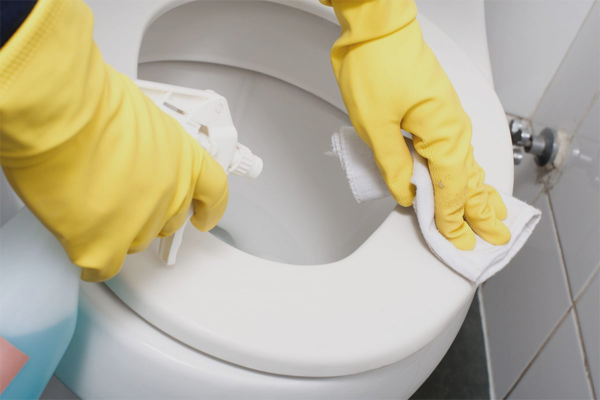
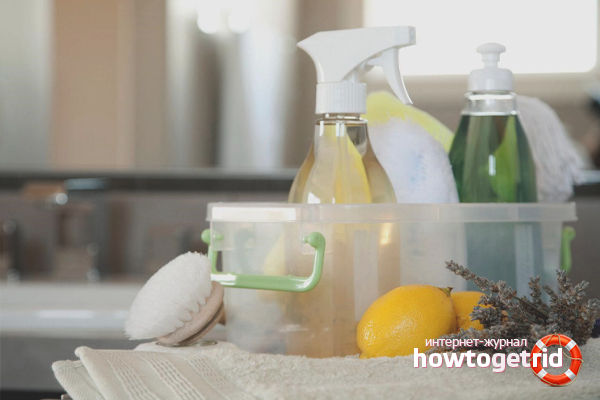


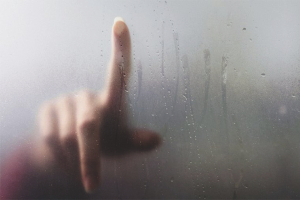
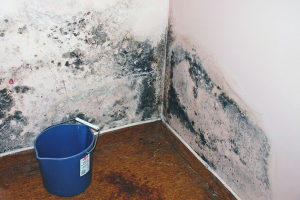
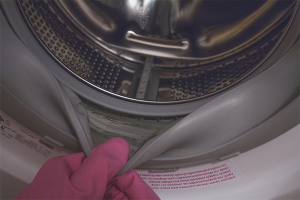



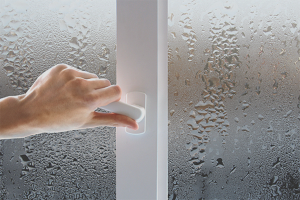
To send